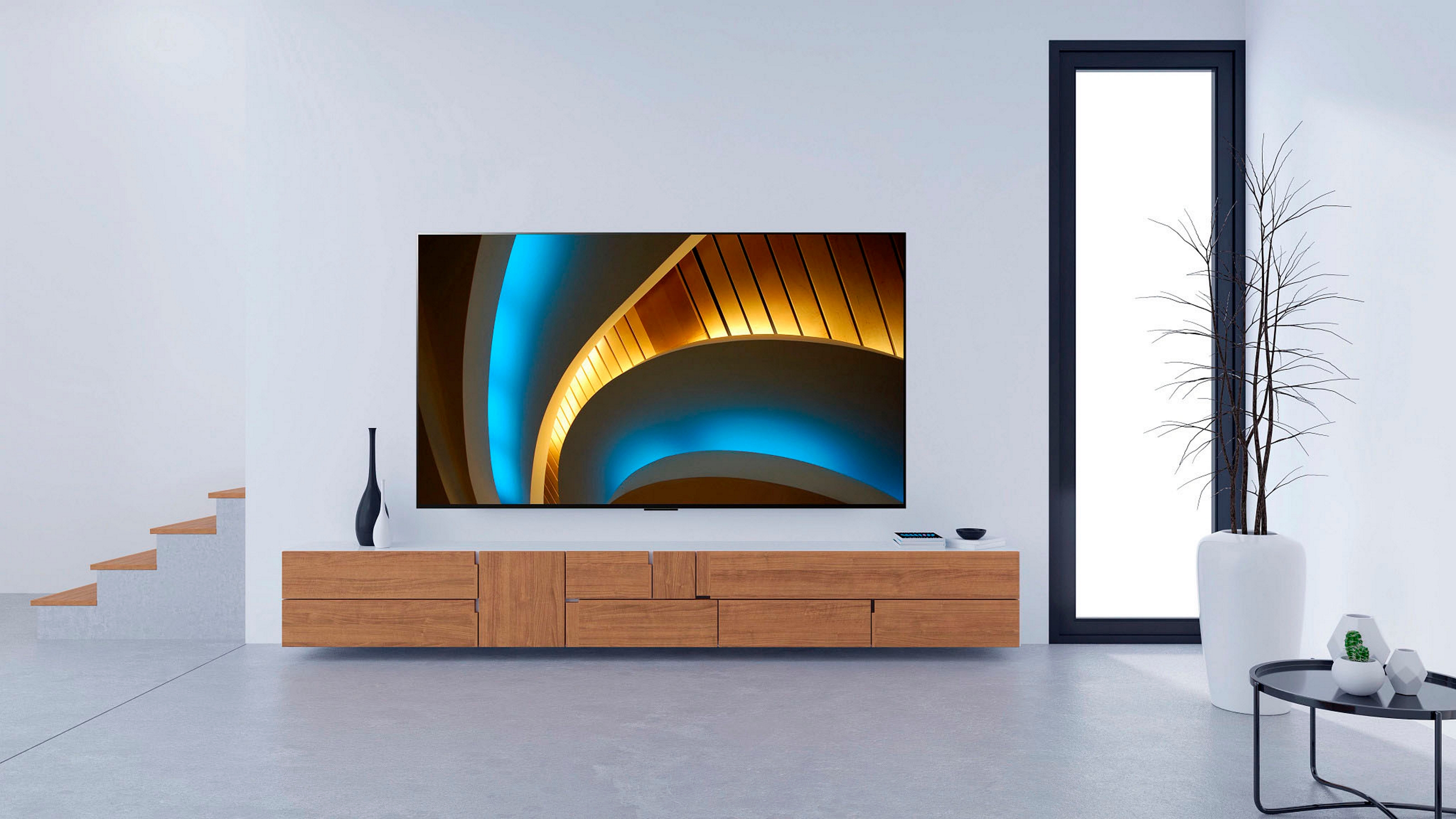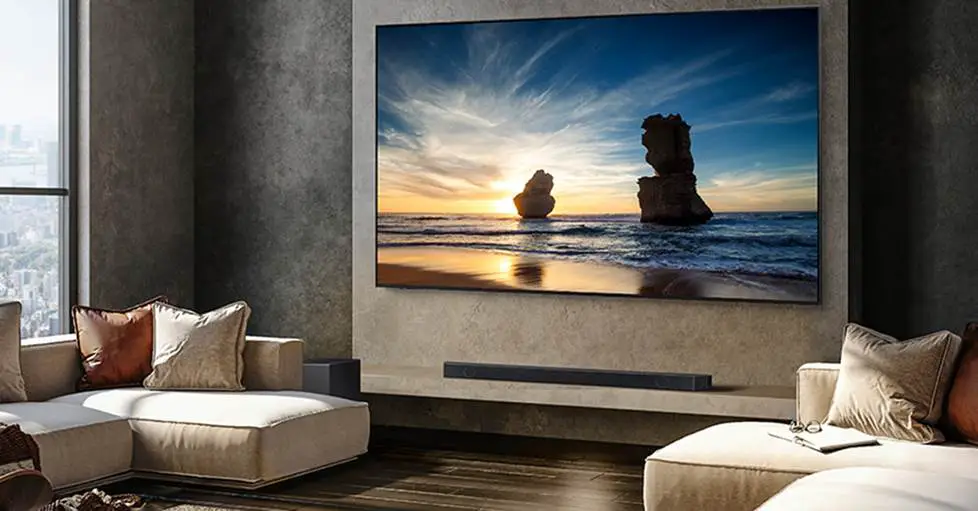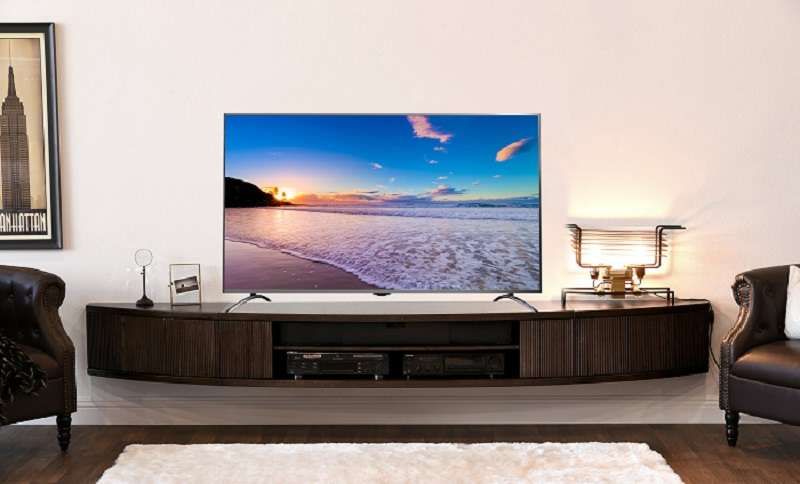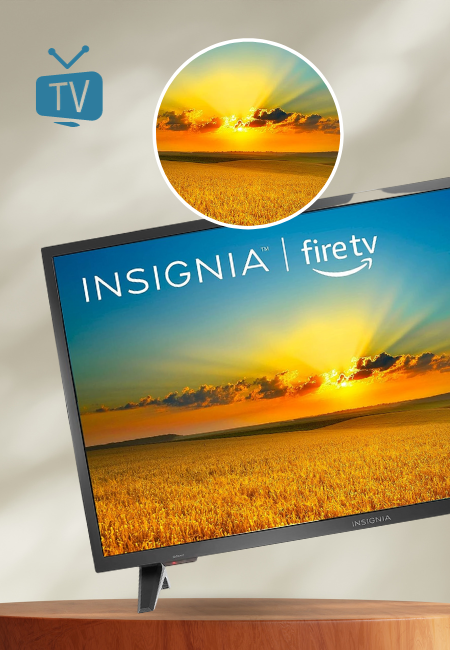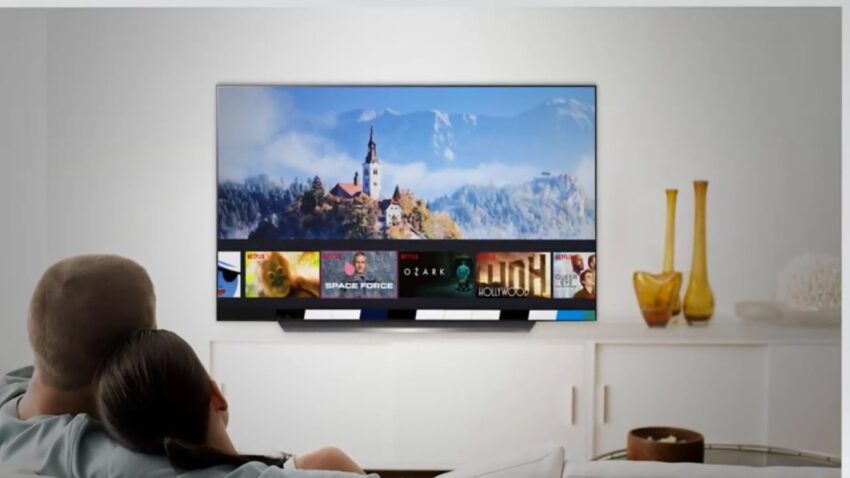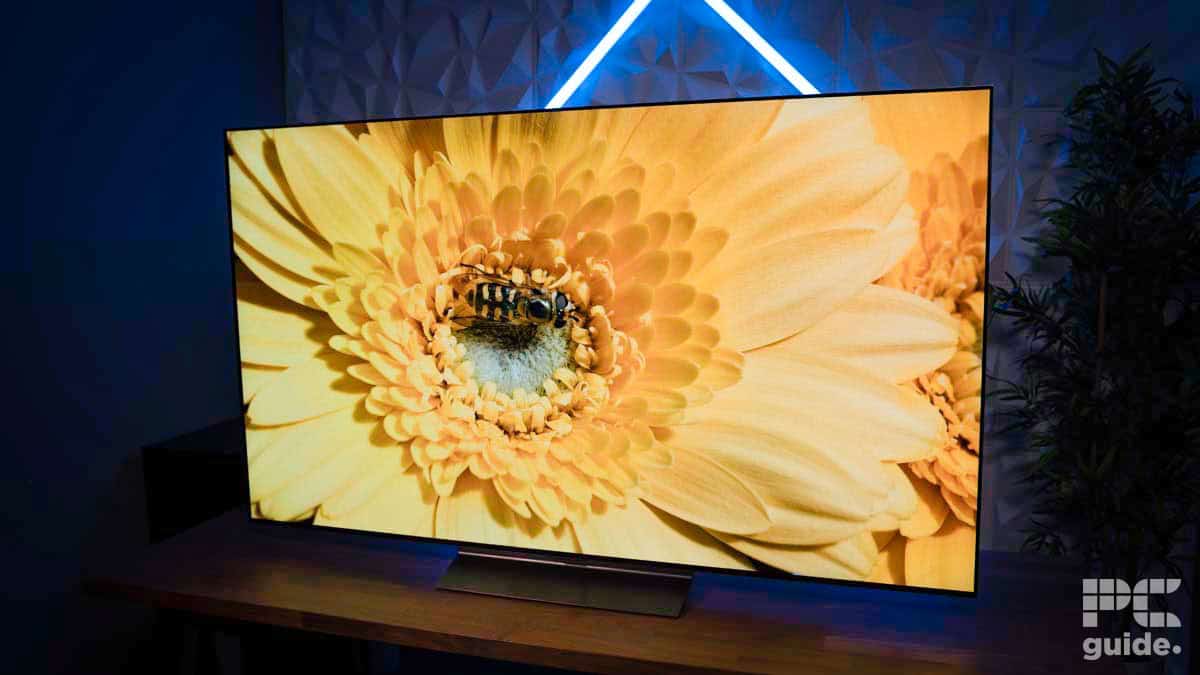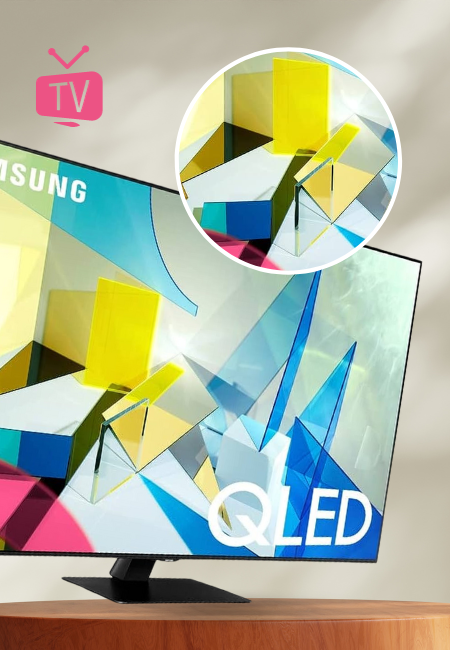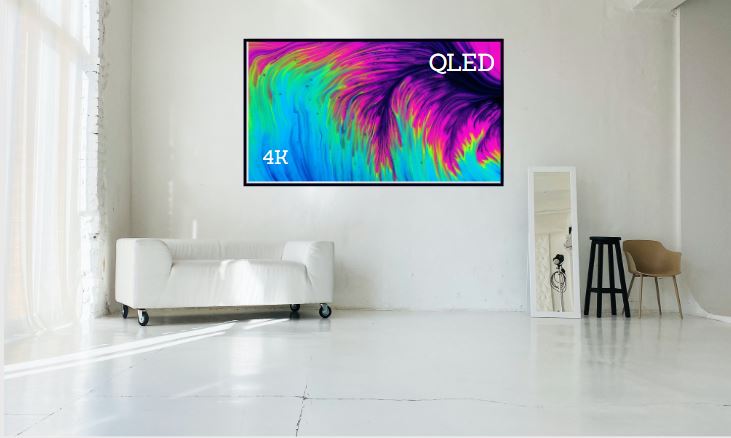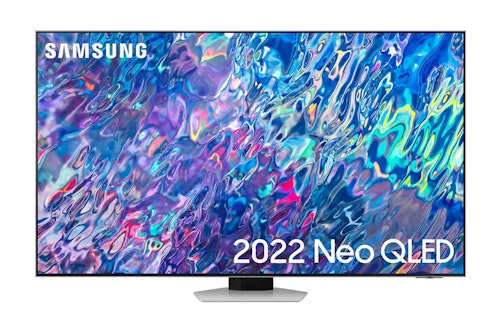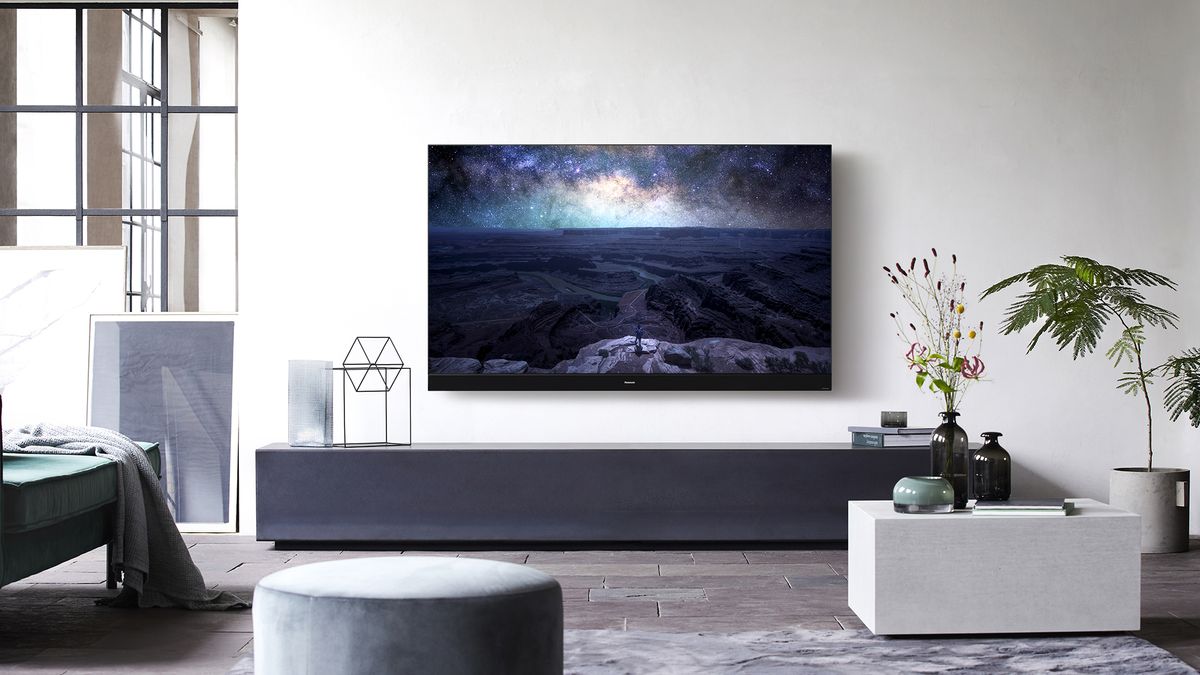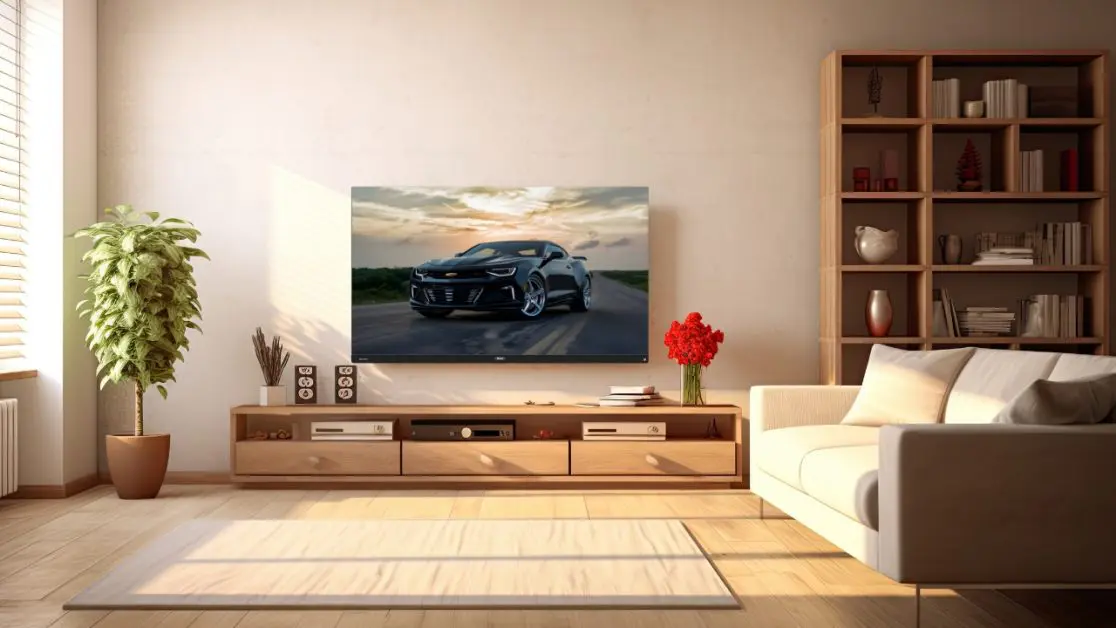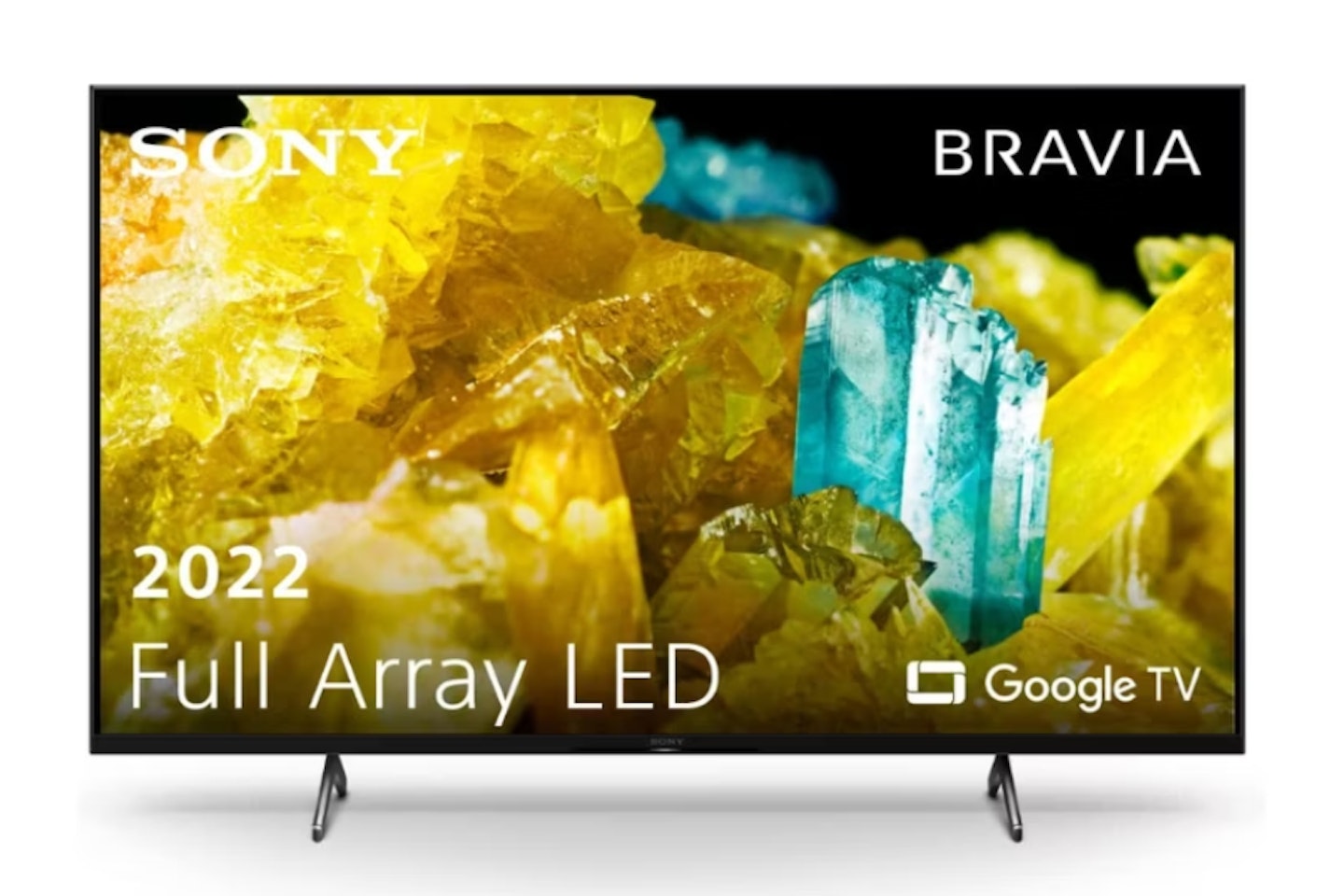Best Tv For Bright Rooms Glare 2020
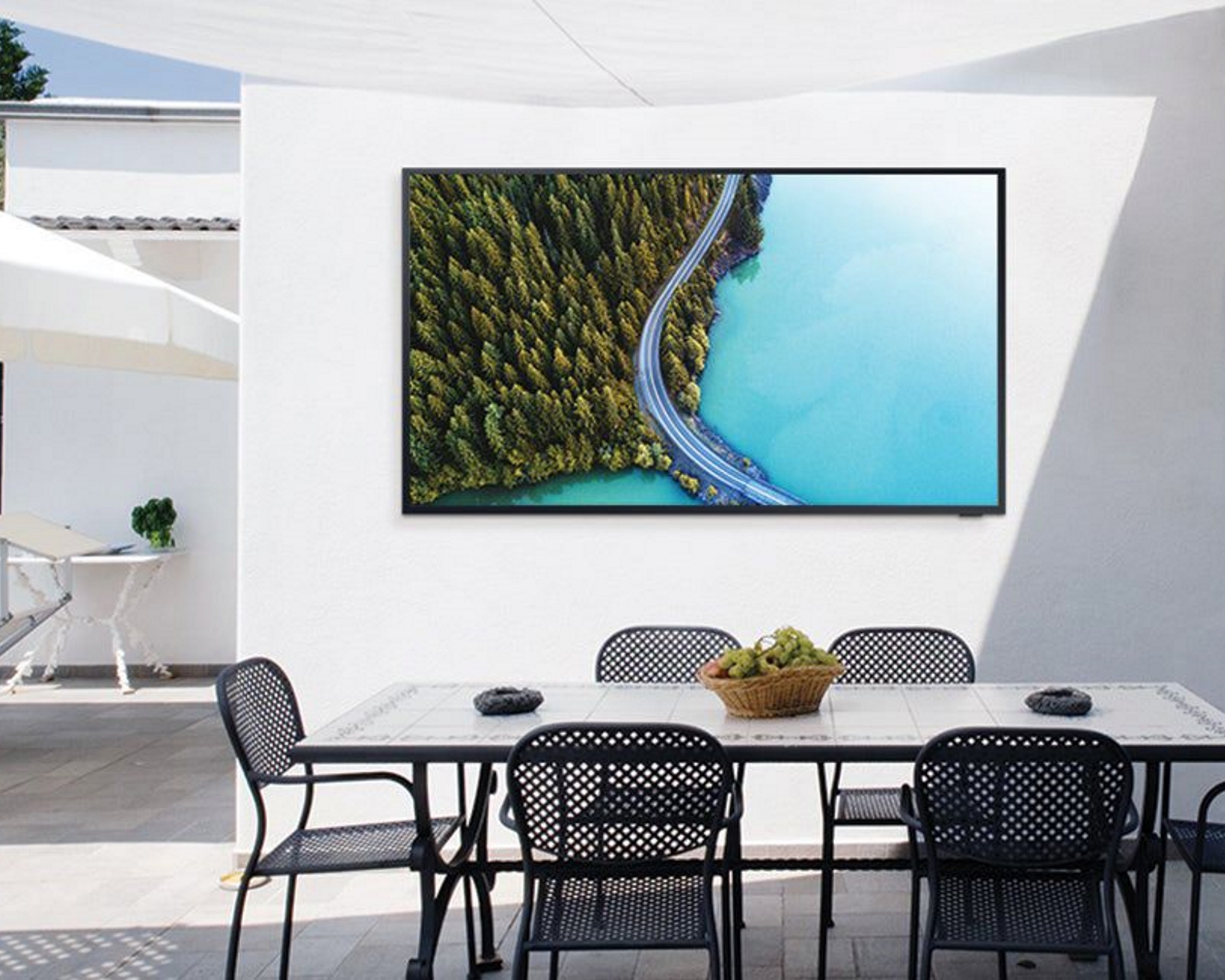
Tired of battling glare on your TV screen? For value-conscious shoppers seeking an immersive viewing experience, even in brightly lit rooms, selecting the right television is crucial. We'll delve into the best TVs of 2020 engineered to combat glare, offering crisp visuals and vibrant colors regardless of ambient light.
Why Choosing the Right TV for Bright Rooms Matters
A TV that excels in a dimly lit home theater might struggle in a sun-drenched living room. Glare not only obscures details but can also strain your eyes, diminishing viewing pleasure. Investing in a TV with excellent brightness and effective anti-glare technology ensures a consistently enjoyable experience.
This review focuses on identifying models that offer optimal performance in bright conditions, considering budget, screen size, and specific feature preferences.
Shortlist: Best TVs for Bright Rooms (2020)
Here’s a quick look at our top picks, catering to different needs and budgets:
- Best Overall: Samsung Q90T QLED - Premium performance with exceptional brightness and anti-glare.
- Best Value: Vizio P-Series Quantum X - Impressive performance at a competitive price.
- Best Budget Option: TCL 6-Series (R635) - Solid performance and features for the price-conscious buyer.
- Best OLED for Bright Rooms (Limited): Sony A8H OLED - OLED picture quality with decent brightness, best for rooms with some light control.
Detailed Reviews
Samsung Q90T QLED
The Samsung Q90T stands out with its exceptional brightness and advanced anti-reflection technology. It effectively minimizes glare, delivering vibrant and clear images even in the brightest environments. Its wide viewing angles ensure consistent picture quality from any seat in the room.
The Q90T’s powerful processor upscales content well, and its smart features are intuitive and responsive. While expensive, its performance justifies the price for those seeking the best.
Vizio P-Series Quantum X
The Vizio P-Series Quantum X offers a compelling combination of performance and value. It boasts impressive brightness and quantum color technology, resulting in vibrant and accurate colors. Its anti-glare coating is effective at reducing reflections.
While its processing isn't quite as refined as the Samsung, the Vizio delivers excellent picture quality for the price. This makes it a great choice for budget-conscious viewers who don't want to compromise on performance.
TCL 6-Series (R635)
The TCL 6-Series is a fantastic option for those seeking a budget-friendly TV that still performs well in bright rooms. Its mini-LED backlighting provides impressive brightness and contrast. It also features Dolby Vision and HDR10+ support for enhanced picture quality.
While it might not match the premium models in terms of processing or anti-glare capabilities, the TCL 6-Series offers excellent value. Its Roku TV platform is user-friendly and offers access to a vast library of streaming content.
Sony A8H OLED
The Sony A8H OLED delivers exceptional picture quality with its perfect blacks and infinite contrast. While OLED TVs are generally not known for their brightness, the A8H offers decent performance in moderately lit rooms. It features Sony's X1 Ultimate processor, which enhances detail and upscales content effectively.
The A8H's anti-reflective coating helps to minimize glare, but it's still best suited for rooms where you can control the ambient light to some extent. If picture quality is your top priority and you can manage the light, the A8H is an excellent choice.
Side-by-Side Specs and Performance
Here's a comparison of key specifications and performance scores:
| Model | Brightness (nits) | Anti-Glare | Contrast Ratio | Viewing Angles | Overall Score |
|---|---|---|---|---|---|
| Samsung Q90T | 1500+ | Excellent | Excellent | Wide | 9.5/10 |
| Vizio P-Series Quantum X | 1200+ | Very Good | Excellent | Good | 8.8/10 |
| TCL 6-Series (R635) | 1000+ | Good | Excellent | Good | 8.2/10 |
| Sony A8H OLED | 700+ | Good | Infinite | Wide | 9.0/10 |
Note: Brightness measurements are approximate and can vary depending on testing conditions.
Practical Considerations
Before making a purchase, consider the following factors:
- Room Size: Choose a screen size that is appropriate for your viewing distance.
- Viewing Habits: If you primarily watch TV during the day, brightness and anti-glare are crucial.
- Budget: Determine how much you are willing to spend.
- Features: Consider smart features, gaming capabilities, and connectivity options.
Think about whether you need advanced features like HDMI 2.1 for gaming or specific smart TV platforms. Consider mounting options and available space.
Think about placement. Can you control the light with blinds or curtains?
Summary
Selecting the right TV for a bright room involves balancing brightness, anti-glare technology, and overall picture quality. The Samsung Q90T offers the best overall performance, while the Vizio P-Series Quantum X provides excellent value. The TCL 6-Series is a great budget option, and the Sony A8H OLED delivers exceptional picture quality for those who can control the lighting.
Consider your budget, viewing habits, and room conditions when making your decision. Prioritize brightness and anti-glare if your room is particularly bright.
Carefully evaluate the features and specifications of each model to find the perfect fit for your needs.
Take Action
Ready to upgrade your viewing experience? Visit your local electronics retailer or browse online to explore these models and make an informed purchase. Don't let glare ruin your favorite shows and movies. Invest in a TV that can handle the light!
Frequently Asked Questions (FAQ)
Q: What is "nits" and why does it matter?
A: Nits are a unit of measurement for brightness. The higher the number of nits, the brighter the TV. Higher brightness is crucial for combating glare in bright rooms.
Q: Do OLED TVs work well in bright rooms?
A: Generally, OLED TVs are not as bright as LED or QLED TVs. However, some OLED models, like the Sony A8H, offer decent performance in moderately lit rooms. They are best suited for rooms where you can control the ambient light to some extent.
Q: What is anti-glare technology?
A: Anti-glare technology refers to coatings or design features that reduce reflections on the TV screen. This helps to improve visibility and reduce eye strain in bright environments.
Q: Should I consider the viewing angles of the TV?
A: Yes, viewing angles are important, especially if you have a large seating area. TVs with wide viewing angles maintain consistent picture quality even when viewed from the side.
Q: What is the difference between LED and QLED TVs?
A: LED TVs use standard LED backlighting, while QLED TVs use quantum dot technology to enhance color and brightness. QLED TVs typically offer better performance in bright rooms due to their higher brightness levels.
